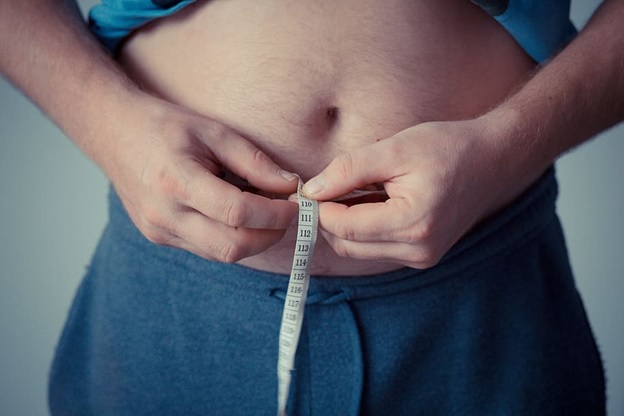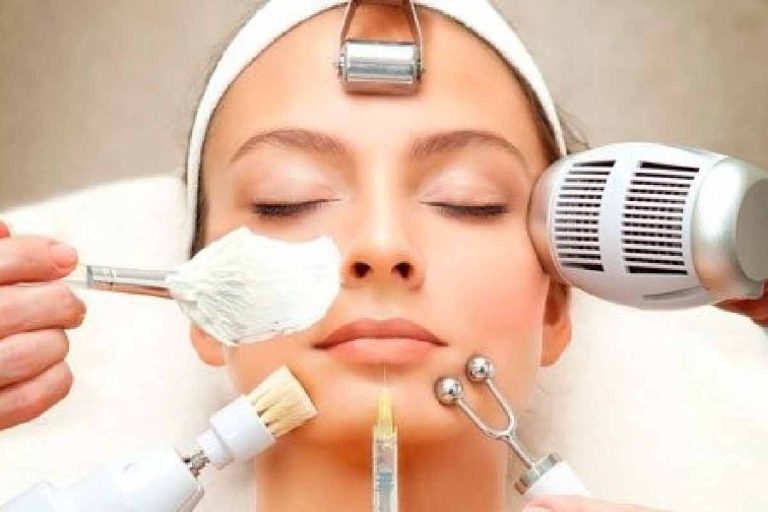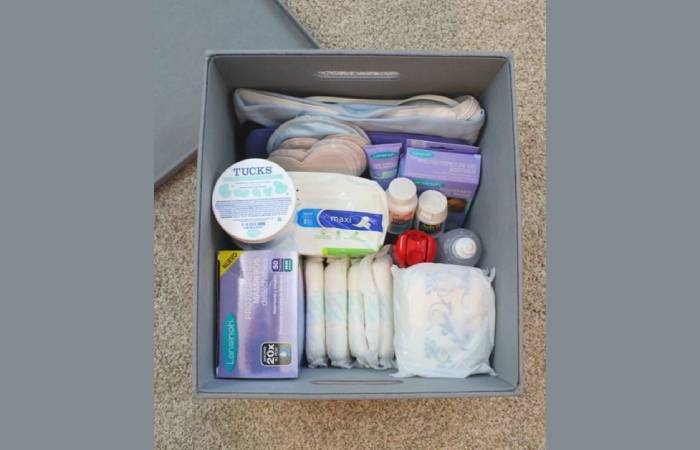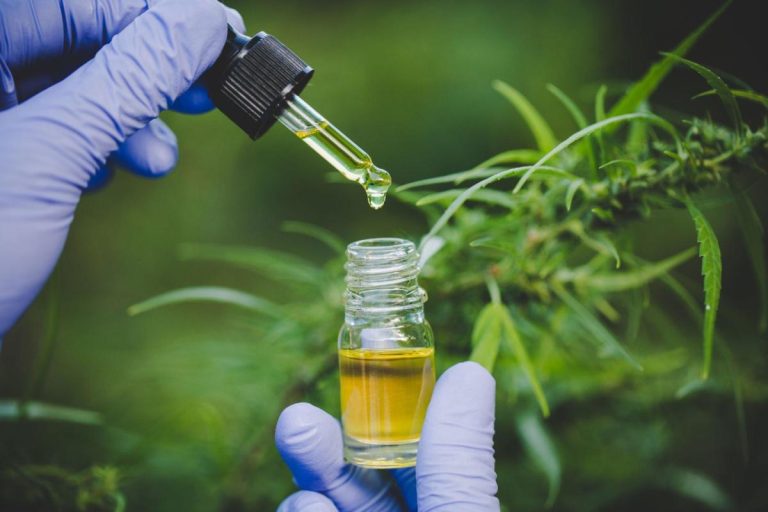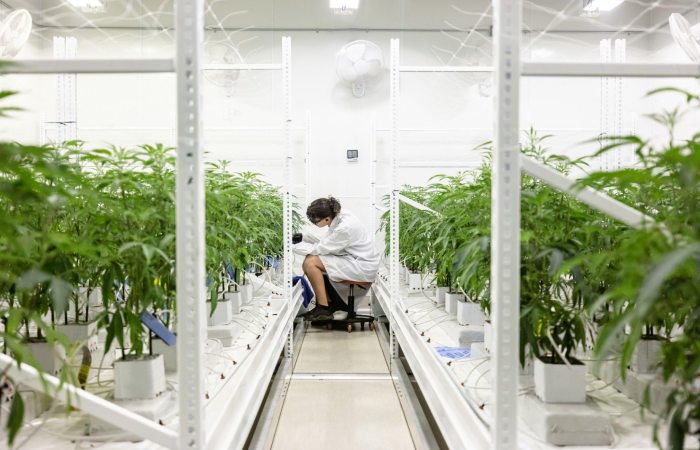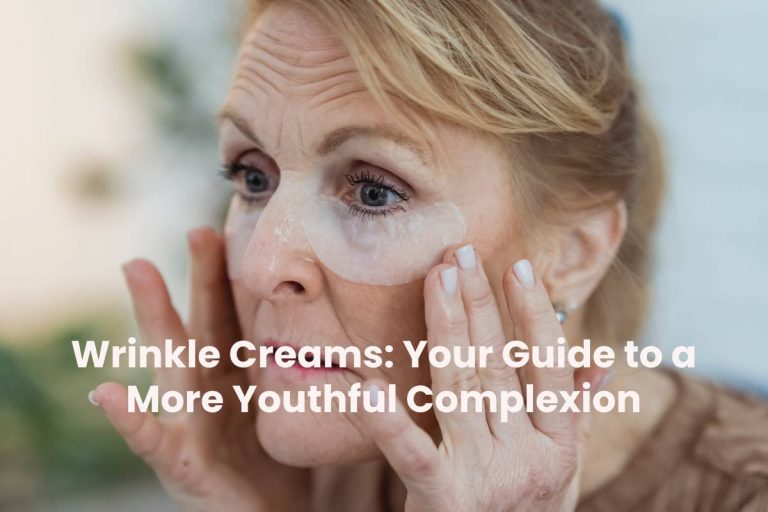Nonprescription wrinkle creams and lotions are purchased nowadays in the expectation that they can decrease wrinkles and prevent or reverse sun damage.
Are they really effective? This is frequently determined by the components of the product as well as the length of time it is used. Because these over-the-counter wrinkle creams are not considered medications, they are not subjected to scientific testing to demonstrate their efficacy. Typically, the advantages of these items are minor.
If you want a facelift in a bottle, you won’t find it in over-the-counter wrinkle creams. Learn more about vampire facelift.
Anti-wrinkle Creams Often Contain the Following Ingredients
Moisturizing your skin on its own can help it look better. It temporarily plumps the skin, making fine lines and wrinkles less noticeable. Moisturizers are lotions, creams, gels, and serums that contain water, oils, and other substances such proteins, waxes, glycerin, lactate, and urea.
Wrinkle creams are frequently moisturizers that also contain active substances that provide extra advantages. These additional components are designed to improve skin tone, texture, fine lines, and wrinkles. The efficacy of these products is determined in part by your skin type and the active ingredient(s).
Here are some popular components that may help your skin look better.
1. Coenzyme Q10
A type of vitamin that is found in the body. This chemical may aid in the reduction of fine wrinkles around the eyes as well as the protection of the skin against sun damage.
2. Hydroxy acids
Glycolic, citric, and lactic acid are all alpha hydroxy acids (AHAs). They are employed for the removal of dead skin cells (exfoliate). Using an AHA product on a regular basis helps your skin absorb other products better and promotes the formation of smooth, evenly pigmented new skin.
AHAs, beta hydroxyl acids, and a newer version known as polyhydroxy acids have also been found to be useful in the reduction of fine lines and wrinkles.
3. Retinoids
Vitamin A molecules such as retinol and retinoic acid are referred to by this word. Topically, these substances have long been utilized to restore sun-damaged skin and diminish fine lines and wrinkles. If you’re looking for a product with retinol ingredients you could try zo products.
4. Ascorbic acid
Vitamin C is a strong antioxidant, which means it shields the skin from free radicals, which are unstable oxygen molecules that break down skin cells and produce wrinkles. Vitamin C may prevent skin from sun damage and aid to minimize fine lines and wrinkles. Wrinkle creams with vitamin C must be stored in a way that protects them from air and sunlight before and between applications.
5. Niacinamide
This chemical, similar to vitamin B-3, is a powerful antioxidant (niacin). It aids in the reduction of skin water loss and may improve skin suppleness.
6. Tea extracts
Compounds in green, black, and oolong tea have antioxidant and anti-inflammatory activities. Green tea extracts are frequently used in wrinkle treatments.
7. Grape seed extracts
Grape seed extract increases collagen formation in addition to being antioxidant and anti-inflammatory.
8. Peptides
These compounds are found in living creatures in their natural state. Certain peptides have been found in studies to improve skin smoothness and wrinkles by stimulating collagen formation.
There are no promises: Considering the safety and efficacy
Creams and lotions are classified as cosmetics by the Food and Drug Administration (FDA), which means they have no medicinal use. As a result, they are subject to less stringent FDA regulation than pharmaceuticals. This means that cosmetics are not subjected to the same rigorous testing for safety and efficacy as topically applied pharmaceuticals.
Because the FDA does not assess the efficacy of cosmetic goods, there is no guarantee that any over-the-counter product can minimize your wrinkles.
When weighing the benefits of using a wrinkle cream, The following are a few points to remember:
1. Cost
The cost of a product has nothing to do with its effectiveness. A more expensive wrinkle cream might not be more effective than a cheaper product.
2. Reduced dosages
Nonprescription wrinkle creams feature less active ingredient concentrations than prescription creams. As a result, the outcomes, if they exist at all, are usually limited and fleeting.
3. Several components
There are several components. A product with two or three active components is not always more effective than one with only one. Similarly, using multiple anti-wrinkle creams concurrently may aggravate your skin rather than improve it.
4. Everyday application
You’ll probably need to apply the wrinkle cream once or twice a day for several weeks before you see any results. When you stop using the product, your skin will most likely return to its previous state.
5. Adverse reactions
Some products may cause irritation, rashes, burning, or redness of the skin. To keep adverse effects to a minimum, make sure to read and follow the product directions. It may be advantageous to choose items that do not cause allergic reactions or acne (noncomedogenic). It’s highly recommended to choose products that have a customer service hotline in case you have any questions. Learn more about acne treatment vancouver.
6. Differences between individuals
Just because a friend swears by something doesn’t imply it will work for you. Skin types vary from person to person. Every product does not work the same way for everyone.
Your wrinkle-fighting routine
Depending on how often you use it, the type and amount of active ingredient in the wrinkle cream, and the type of wrinkles you wish to treat, an anti-wrinkle cream may reduce the appearance of your wrinkles.
However, if you want to eliminate the guesswork from your skin care routine, try the following more dependable methods for improving and maintaining the appearance of your skin:
Sunscreen with SPF 15
Sunscreen should be applied to all exposed skin. UV light accelerates your skin’s natural aging process, resulting in wrinkles and rough, blotchy skin. Sun exposure is, in fact, the leading cause of skin aging, including uneven pigmentation. Limit your exposure to the sun and always wear protective clothing and a hat to protect your skin and prevent future wrinkles. In addition, put sunscreen on exposed skin all year.
Select sunscreen-infused goods. When shopping for skin care products, look for ones that have at least an SPF of 15. An SPF of 30 or higher is recommended by the American Academy of Dermatology. Use products that are both water resistant and broad spectrum, meaning they prevent both UVA and UVB rays. Apply sunscreen liberally and reapply every two hours – or more frequently if swimming or sweating.
Moisturizer
Moisturize your skin. Moisturizers do not prevent wrinkles, but they do retain water in the skin, temporarily concealing fine lines and creases. If moisturizer is your best bet then you should try vivier skin canada products.
Smoking is not permitted
Smoking causes blood vessels in your skin’s outermost layers to constrict. It also wreaks havoc on collagen and elastin, the fibers that give your skin strength and elasticity. As a result, the skin begins to sag and wrinkle before its time. Quitting smoking can enhance your skin tone and texture while also preventing future wrinkles, even if you’ve been smoking for years or heavily.
A dermatologist can assist you in developing a personalized skin care regimen by examining your skin type, assessing the state of your skin, and prescribing items that are likely to be beneficial. A dermatologist can offer medical treatments for wrinkles such as prescription creams, botulinum toxin (Botox) injections, or skin-resurfacing. Learn more about botox vancouver methods if you want more dramatic results.
Author Bio: Elijah Thomas
Elijah Thomas is the Head of SEM at OVO Medi Spa. With years of digital marketing experience, he understands how to bring his clients more exposure. He expands their clientele and businesses by working closely with partners to reach their full potential. Elijah takes pride in working in the wellness industry, so people become the best version of themselves. Outside of work, he spends time researching new ideas for his next project and playing Ultimate Frisbee.


